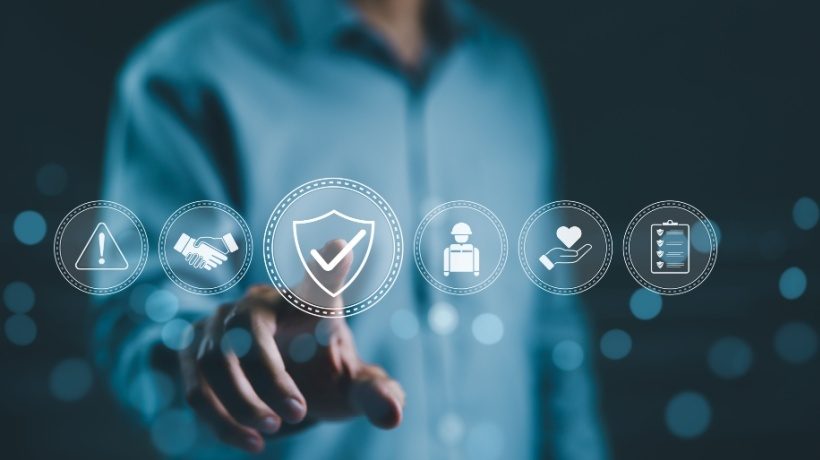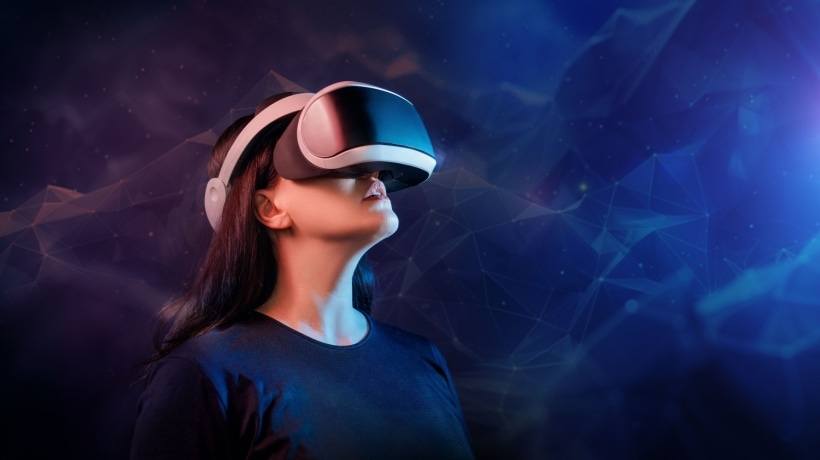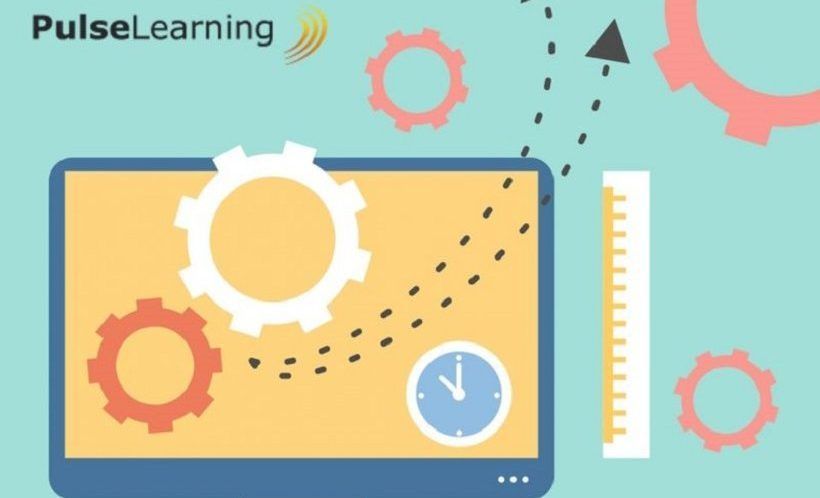Rehearse Before It's Real
A new manager starts her first solo shift. A system alarm she has never seen before begins to pulse, not loud, but insistent. The procedure is in the manual, yet the moment is messy, ambiguous, and fast. She hesitates. Minutes pass. The team rallies, workarounds appear, productivity drops, nerves fray. No one is incompetent. It is simply the first time.
First times carry hidden costs. They turn otherwise capable people into beginners in public. In some settings, that means a lost customer or a missed deadline. In others, it means real risk. We say learning on the job builds resilience. Sometimes it does. Often, it just means the job becomes the classroom, and the organization pays the tuition.
Practice Without Consequences
High-stakes fields have always known this. Pilots rehearse engine failures on the ground. Surgeons practice on simulators and cadavers. Emergency responders drill in controlled chaos. The goal is not entertainment or "engagement." It is rehearsal. Make decisions when the stakes are low, so they are available when the stakes are high.
Corporate training often skips this step. We explain the policy, test recall, then hope for the best. People nod along, complete the module, and meet the assessment standard, yet the first meaningful application still happens in front of a customer, a regulator, or a live system. We confuse exposure with readiness.
What "Safe Practice" Actually Means
Safe practice is not a gimmick or a headset. It is an environment where people can do the real thing, or something close enough to it, and where error is information rather than liability. It has three parts:
- Realistic context
Not perfect fidelity, but cues that matter. Time pressure, incomplete information, social dynamics, conflicting priorities. - Immediate, specific feedback
What happened, why it happened, what to try next time. Not just a score. - Repetition with variation
The same core skill, applied across different scenarios, so the learning transfers beyond the one example that was practiced.
This is close to what psychologists call deliberate practice. It is not merely doing the task again and again. It is performing at the edge of competence with feedback, then trying again. In learning science, spacing and variability help, because the brain learns the underlying rule, not just the surface pattern. In plain terms, people get good at the thing they will actually face.
Designing For Decisions, Not Just Knowledge
Most workplace performance problems are decision problems. Which option now, given this messy reality. Safe practice focuses on decisions. A good exercise forces the trade-off into the open. Do you escalate or resolve locally. Do you prioritize speed or accuracy. Do you accept the short-term cost to avoid the long-term risk.
When you design for decisions, you discover which cues your people notice, which they ignore, and where procedures collide with reality. That discovery is valuable in itself. It often reveals process issues that a manual will never surface.
Measuring What Matters
If practice is going to replace first-time mistakes, we should measure more than attendance and scores. Useful measures include:
- Error patterns
Not just how many, but which kinds, and how they change with practice. - Decision time
Speed under pressure without loss of quality. - Recovery quality
How quickly and cleanly people course-correct after a mistake. - Transfer
Whether improvements show up in adjacent scenarios, not just the one that was rehearsed.
These are leading indicators. They do not replace operational KPIs; they prepare people to move them.
Culture, Not Just Content
Safe practice requires psychological safety as well as technique. People will only reveal the edge of their competence if they trust that the edge is a place to learn, not a place to be judged. This is a leadership question. Treat errors in practice as gold. Reward thoughtful risk-taking in rehearsal. Normalize the phrase, "let's run that again."
It is also a product question. The best exercises are short, specific, and available at the point of need. Long events have their place, but readiness is built in small loops, repeated often.
Limits And Honesty
Not every skill benefits from simulation, and not every context needs high fidelity. Some knowledge is best learned by reading, watching, or shadowing. Some risks are so low that real-world practice is sensible. The test is simple. If the first mistake is costly, irreversible, or public, you should try to move that mistake into a safe space.
There is also an ethical boundary. If a scenario is likely to retraumatize or to cross lines of dignity, do not build it. Practice the component skills instead. Empathy, escalation, language, de-escalation, decision frameworks. Realism is not an excuse for harm.
Start Small
You do not need a full simulation lab to begin. Pick one high-consequence moment in your organization and build a lightweight practice loop around it.
- Identify the decision that most often goes wrong.
- Write a realistic scenario that triggers that decision.
- Define what "good" looks like, with examples.
- Run people through it, one at a time, with guided feedback.
- Repeat later with a twist, so the rule, not the script, is learned.
Track a few simple indicators. Decision time, error patterns, recovery quality. If the signal is promising, expand.
The Point
When work leaves no room for error, the first attempt should not be live. Safe practice is not about making training more entertaining. It is about moving the cost of mistakes from the customer or the system to the rehearsal room where they belong.
Everyone remembers their first time in a truly high-pressure moment. The cold shock, the narrowing vision, the mind blanking just when it needs to be sharp. We cannot remove the pressure from the real world. We can remove the surprise. We can make sure that when the moment comes, it is not the first time.










